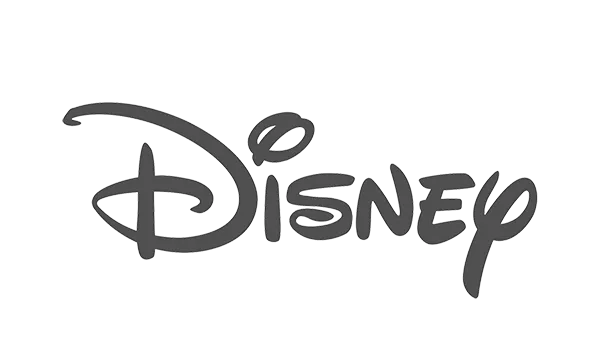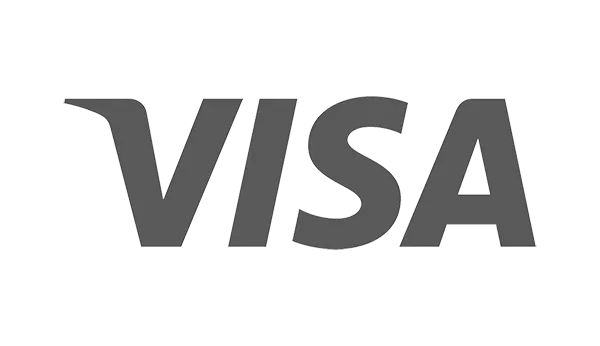Organizational management ensures utmost efficiency and accountability within your business.
From defining its importance to outlining key objectives, let’s explore what this management practice has in store. I’ve incorporated these practices into my endeavors, and I know where I’m coming from.
What is Organizational Management?
Organizational management is a broad term for managing various organizational elements. This includes effective management, skilled employees, and resources to achieve common goals. It is a strategy that focuses on controlling, planning, and structuring organizational resources in an optimal way to drive profits.
Effective organizational management essentially consists of the following components:
Efficient Resource Allocation
If you do not put effort into recognizing your employees’ abilities and do not direct their strengths in the right direction, you lose something great. Appointing individuals without understanding their strengths is like asking a fisherman to catch birds. The same goes if you have the right people on your team, but can’t provide the tools and resources they need to do their work.
The major way businesses can benefit from organizational management is the productive use of resources for better productivity and efficiency. When you strategically align the right workforce with suitable roles, you achieve the organization’s goals without the depletion of available resources. This is essential for any business that aims to be a sustainable contender in a competitive industry.
Identify and understand the constraints of your resources, whether they are financial, human, or time-related. Recognizing limitations helps in making realistic decisions about resource allocation.
The full picture of available resources vs. need will also help you develop a thorough budgeting process that involves all relevant stakeholders. This process should be flexible enough to accommodate changes and provide a clear overview of resource availability and allocation.
You can also leverage data and analytics to inform resource allocation decisions. Analyze past performance, trends, and key performance indicators (KPIs) to make informed choices about where resources can be most effectively utilized. Focus on activities that generate the most significant impact on your organizational objectives. Allocate resources to projects and initiatives that align with your strategic priorities and have the potential for high returns.
Common Goals Alignment
Organizational management aims to provide a structured framework that clearly defines the roles and responsibilities of employees and aligns their efforts toward common shared goals.
By defining job roles and responsibilities, organizational management creates a purpose, resulting in unified teamwork rather than fragmented and siloed efforts. This leads to enhanced authority and accountability in your organization, leaving no room for delays.
A downstream benefit is that, when employee KPIs are aligned with organizational goals, workers see their contributions making a positive difference. This boosts employee engagement and job satisfaction.
Adaptability
Successful businesses can adapt when they see they need to. Organizational management allows businesses to remain agile in the face of opportunities and challenges.
Change management, in the context of organizational management, can be structured as:
- Understanding the need for change: This involves identifying the driving forces behind the change, such as external market conditions, technological advancements, or internal inefficiencies.
- Creating a compelling vision: This vision should be communicated to all stakeholders, helping them understand the benefits and purpose of the proposed changes.
- Building a strong change management team: This team is responsible for planning, coordinating, and executing the change initiatives.
- Assessing and managing resistance: Understand the concerns and perspectives of employees, and develop strategies to manage resistance through effective communication, education, and involvement.
- Communication: Keep all stakeholders informed about the changes, progress, and impact on individuals and the organization. Communication should be transparent, timely, and tailored to different audiences.
- Training and development: Ensure that employees have the necessary skills and knowledge to adapt to the changes. Offer training programs and resources to support individuals in acquiring new competencies required for the future state.
- Monitoring and measuring progress: Establish key performance indicators (KPIs) to measure the success of the change initiatives. Regularly monitor progress, gather feedback, and be prepared to make adjustments based on the outcomes.
Collaboration and communication
The implementation of organizational management practices facilitates enhanced team communication and coordination. This requires clear policies around communication channels and tools to facilitate collaboration between team members.
When teams have clear directives and communication pathways, they feel empowered to connect and work better together.
Improved collaboration allows team members to come together to brainstorm solutions and contribute their collective efforts to the overall success of the organization.
Additionally, by implementing problem-solving techniques that aid open communication, you can ensure a smooth flow of operations. Employees should be incentivized to share concerns and know where to go if a problem comes to their attention.
Cost Reduction
With careful planning, companies can achieve optimal results with minimal resources - both human and financial. Profitability and sustainability become achievable, and you get improved financial performance.
When you invest a good amount of time in recognizing your objectives, drafting a solution around it, and establishing a plan for unforeseen challenges, you prepare yourself for resilience and cut down unnecessary operation costs.
Employee Loyalty
Employee loyalty is a critical pillar of business success. Systematic work processing and a trusted and transparent workplace environment allow employees to stay loyal to their jobs.
When you promote open communication, ensure fair treatment, provide constructive feedback, and offer timely employee recognition, you not only enhance job satisfaction but lower employee turnover rates.
Organizational Culture
Another crucial aspect of organizational management is promoting a positive work culture where employees are appreciated, motivated, and valued. The counterpoint of this, brought on by poor organizational management, is workers who are confused, stressed, and disheartened.
Organizational culture is the behavior and values that the company holds dear. A big part of organization management is ensuring that the day-to-day realities workers face align with these values. Employees who know what to prioritize, understand expectations, have a clear grasp of organizational structure, and can see unambiguous messages regarding values are in a position to do their best work.
Four Principles of Organizational Management
The POLC framework i.e. planning, organizing, leading, and controlling are the four major principles of organizational management. It outlines the systematic approach that blends efficiency and effectiveness within an organization.
Planning
Strategic planning is the process of drafting a plan to achieve organizational goals. Planning comes after a thorough evaluation of current organizational performance and anticipation of future challenges and opportunities.
This stage is crucial to organizational goal achievement because it provides a roadmap to what needs to be done and what to avoid. It provides you with clear strategies that help you stay on track and navigate challenges with utmost confidence.
Organizing
Organizing is the process of taking structured and coordinated actions to execute the planned tasks. You need to arrange resources (people and finances) and tasks systematically to implement the plan successfully.
This stage ensures everything and everyone in the organization is in sync with the intended course of action, is allocated the right work depending on their roles and potential, and has a clear understanding of the workflow and procedures.
Leading
Leading is the process of being a constant guiding and motivating factor behind the team’s efforts to achieve the goals. Leaders and managers hold great power in this stage, shouldering the responsibility to be the beacon of motivation.
Organizational leadership involves:
- Creating a collaborative environment where employees coordinate and communicate effectively
- Establishing and communicating a clear vision of expectations, and
- Maintaining motivation and support to enhance the team's performance
Controlling
Controlling is the process of monitoring, evaluating, and adjusting organization and employee activities to ensure they align with organizational goals. Being a manager, you need to compare productivity, output, and results against performance standards to ensure their effectiveness.
Other Key Features of Organizational Management
Staffing
Staffing is the process of hiring and training employees for the fulfillment of goals. This means you need to be discerning while recruiting and selecting. After all, it is the competent selection of the workforce that will ensure the successful execution of plans.
Retaining skilled employees is another crucial factor in ensuring the necessary skill set and knowledge continue within the company. Because it is only the right people in the right positions that can ensure business goal achievement.
Time Management
Time management refers to using time effectively to meet deadlines and accomplish tasks within the designated time frame. This further is linked to the optimal use of resources that ensures the highest efficiency and productivity in achieving objectives.
Setting priorities, defining deadlines, planning activities, scheduling plans, eliminating any unnecessary distractions and interruptions, and delegating tasks are the components of effective time management. By following these practices you can ensure less time wastage and more productivity.
Motivation
Motivation influences the organization’s success. Inspiring employees to put in their best efforts is the key to developing a positive work environment.
To ensure your workforce is motivated, engaged, and committed to their work, make sure their efforts are recognized and rewarded, develop incentive programs, and provide them continuous opportunities for growth and development.
The Bottom Line on Organizational Management
Human resource management walks hand in hand with organization management. Success is attainable when the workforce reflects the company’s goals. Still, a business without organizational management is like sailing a rudderless ship in turbulent seas.
Organizational management, when done the right way, ensures multiple benefits and goal achievement. That is confirmed by all the success stories of businesses that embraced organization management as an ongoing priority.




















